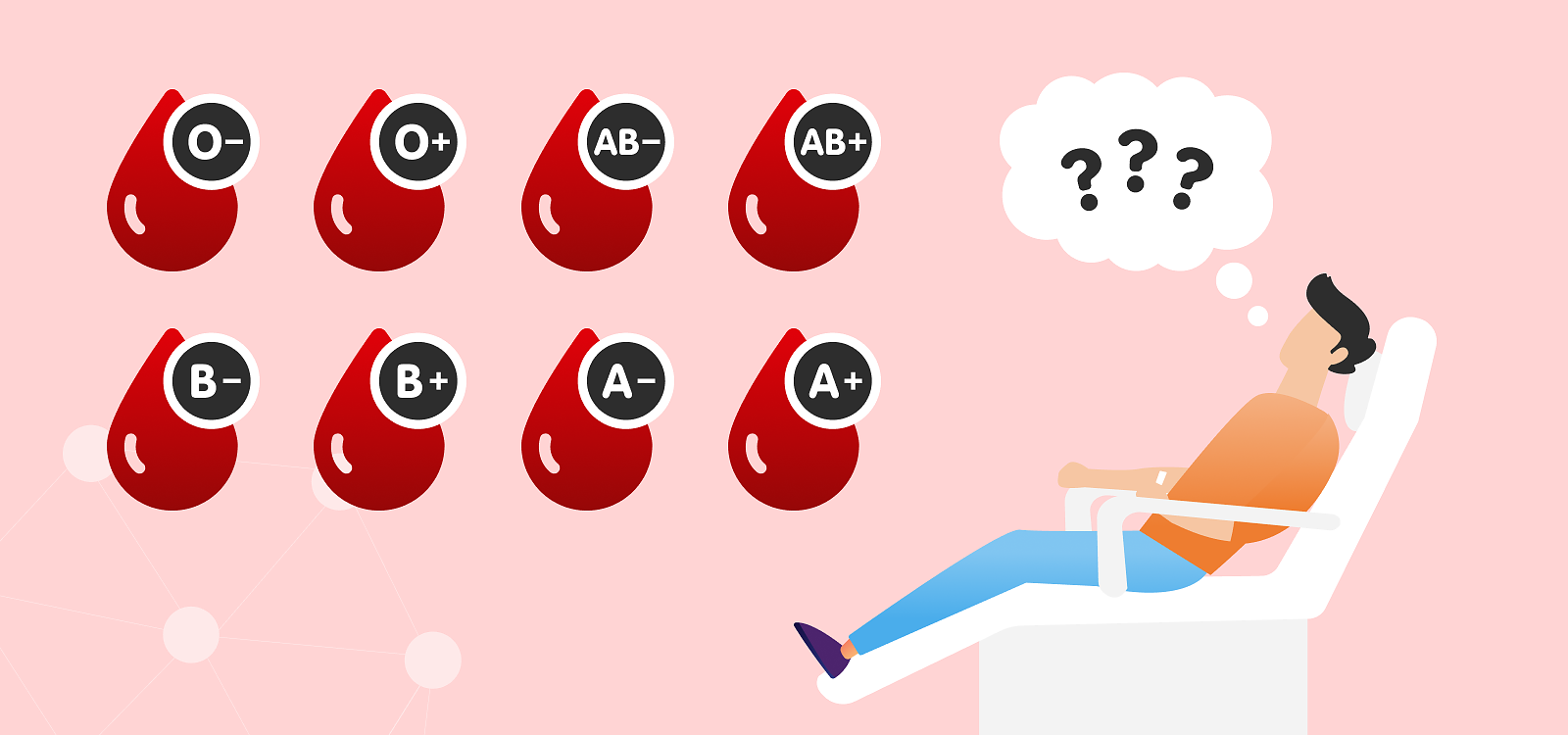Parameter Tuesday: HEMATOCRIT
Your blood consists of a liquid called plasma, in which there are white blood cells, red blood cells, and platelets. Red blood cells ensure that your whole body gets enough oxygen. They carry the oxygen from the lungs to tissues and carbon dioxide back from tissues to the lungs. The hematocrit (HCT) test measures the proportion of red blood cells in your blood. It is also called packed cell volume (PCV) or erythrocyte volume fraction. Hematocrit is usually included as a part of complete blood count (CBC) measurement, and it helps your doctor confirm a certain diagnosis or monitor treatment.
Many factors can affect hematocrit values, such as sex, age, and pregnancy. Also, the altitude at which you live has an impact on your hematocrit levels. If your hematocrit levels are out of the reference range, this might indicate your blood is either too thin or too thick.
High hematocrit levels, meaning the proportion of red blood cells in your blood is higher than normal, can be connected to dehydration, lung, heart disease, or certain types of kidney tumors. People facing polycythemia vera in which bone marrow produces too many red blood cells have higher hematocrit levels. Smokers and people living at high altitudes tend to have elevated hematocrit levels as well.
Low levels of hematocrit, meaning the proportion of red blood cells in your blood is lower than normal, can be an indication of anemia. It might be because your body has lost a large volume of blood, there is a deficiency in iron, folate and vitamin B6, B12, or because of excessive amounts of water in your body. Leukemia or other bone marrow disorders lower your hematocrit levels as well.






